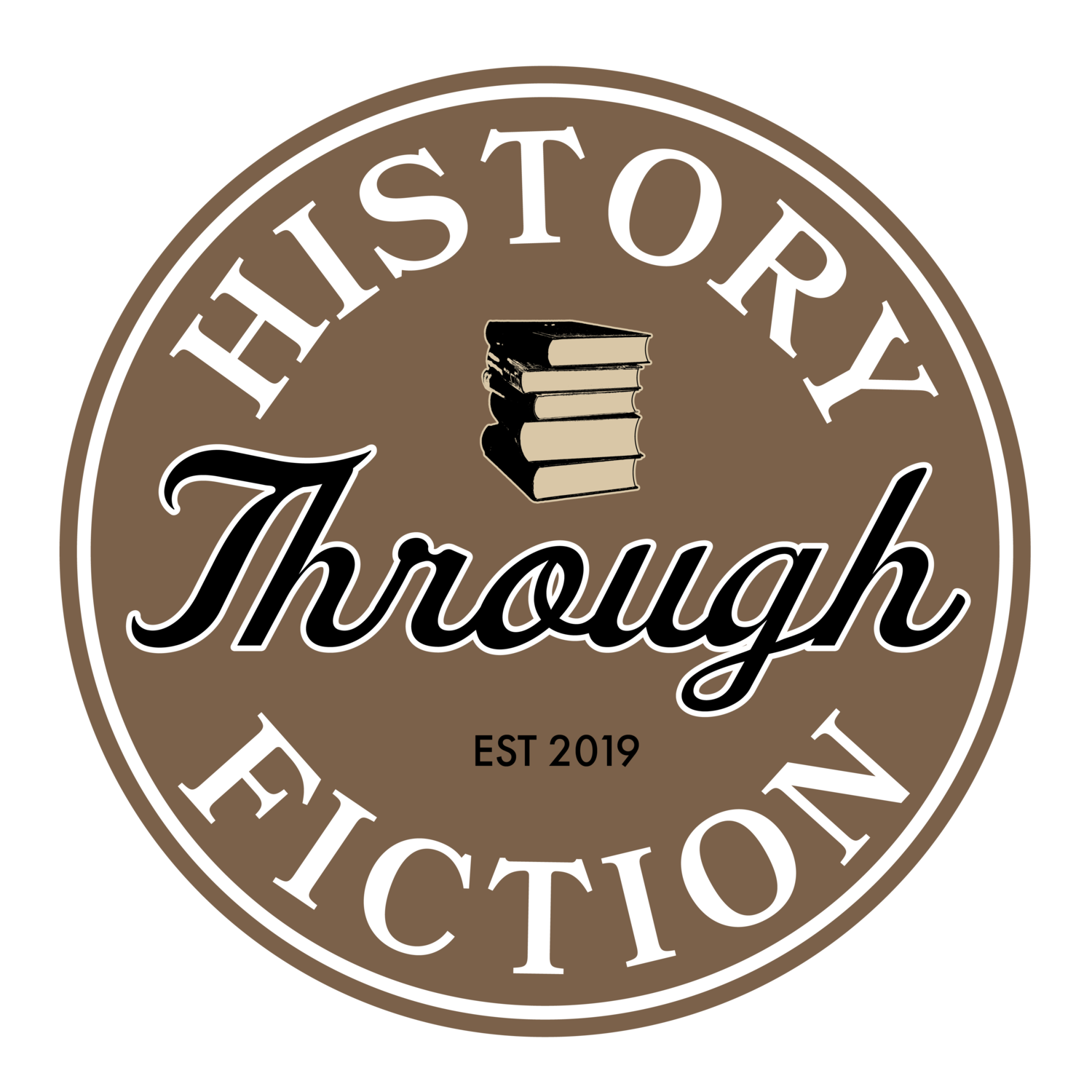Crafting Beauty in Words: The Elegant Prose of The Aziola’s Cry
In a few weeks, History Through Fiction will release its ninth novel—The Aziola’s Cry: A Novel of the Shelleys by Ezra Harker Shaw, a fictional biography of the lives and works of Mary and Percy Shelley. At one time, The Aziola’s Cry was just one among hundreds of other submissions to our press. The submissions vary in quality, subject, and style, and I can’t always articulate why I like some but don’t like others. But when I first read Ezra’s submission, I knew what I like about it right away—it was the elegant prose that stood out to me. It was the beautiful, flowing languages with unique descriptions that captured the essence of every moment in a way that could only be described as brilliant—in a way I could never achieve in my own writing.
Some of the early reviewers seem to agree with me. One Goodreads reviewer even wrote the following about The Aziola’s Cry:
THE WRITING!! I would marry every prose and poem in this book if I could. the writing was so lyrical, romantic, brilliant, adventurous, and captivating. I adore it so much. the writing made the book a hundred times better for me; I annotated a lot of prose, quotes, poems, and passages! (https://www.goodreads.com/review/show/6220607997)
All this leads me to wonder: What is elegant prose, and how does an author achieve it?
A quick internet search reveals dozens of articles espousing the qualities of elegant prose. They include qualities such as: clarity, brevity, rhythm, accuracy, authenticity, style, avoid cliché, cull your adjectives, ditch the modifiers, wit, trust your reader, and various others. These articles go on to explain exactly how to achieve these qualities in your own writing. And I don’t disagree. These qualities represent skills of the craft—skills that must be honed and practiced. But practice can only take a writer so far. There’s something innate in elegant prose; something that can’t be duplicated or recreated.
In Francine Prose’s Reading Like a Writer, a wonderful book about carefully examining the writing of other authors, Prose states, “Nabokov, Heinrich von Kleist, Raymond Carver, Jane Bowles, James Baldwin, Alice Munro, Mavis Gallant—the list goes on and on. They are the teachers to whom I go, the authorities I consult, the models that still help to inspire me with the energy and courage it takes to sit down at a desk each day and resume the process of learning, anew, to write.”
I like that Prose calls writing a process of learning. I think all writers would agree with this. It can be learned, but it is a process.
Turn to any page in The Aziola’s Cry and you will find the elegant prose that drew me to the manuscript in the first place. It is unlike anything else we’ve published and has an essence all its own. Take a look at the following excerpt, for instance. Here, a young, married Percy Shelley, is mulling over his feelings for his feelings for the younger Mary Wollstonecraft Godwin, deciding whether or not he should act on those feelings.
No great traffic passes there, and he waits a while. On either side of him dusty, darkened windows are curtained within by respectful black velvet.
The street empties fast, and only a few walkers strive on, belligerent beside the hackneys and chaises; they are mostly servants, their heads low and their burdens high, other people’s business more important than their own. All around the rain rushes down.
Shelley becomes aware, out the corner of his eye, of someone watching him from inside. He stills himself, and without turning his head from the scene on the road, concentrates intently, for he is convinced the face is looking at him. Slowly, cautiously, he turns only his eyes to look and, for the briefest second, there is someone else staring back, a strange, girlish face with boys’ hair and boys’ clothing, staring right at him through the glass and black velvet with absolute curiosity. He spins about to face the image fully, to confront the stranger, suspecting perhaps someone within, but no! How foolish he suddenly feels, it is only his reflection after all. The rain has dampened his hair and worry shadowed his face. He is only half himself. As suddenly as it started, the rain stops. Shelley steps away from the ghost of himself in glass and, hugging the books to his chest, hurries towards his Mary.
There is a simple brilliance to this writing—an art. The descriptions are simple yet profound. The imagery is clear and unique. The feelings are pure and unvarnished. We know the setting and the character without being told. We can relate. We have all felt this sense of insecurity and doubt.
Every writer has to find their voice and discover their style. It’s certainly not something that happens overnight (a cliché you should avoid if you want to achieve elegant prose!). And while knowledge of the craft elements that help writers achieve elegant prose, the only way to truly get there, is to read it. Read it over and over again. Read it like a writer. Analyze it. Consider it. And then go forth, writing. Finding your style, staying authentic to who you are, and creating elegant prose that’s all your own.
Want to learn from the authors of History Through Fiction?
We’re hosting a four-part writing workshop that will carefully analyze the books published by History Through Fiction, showing attendees effective writing skills and teaching them how to incorporate those skills into their own writing.



